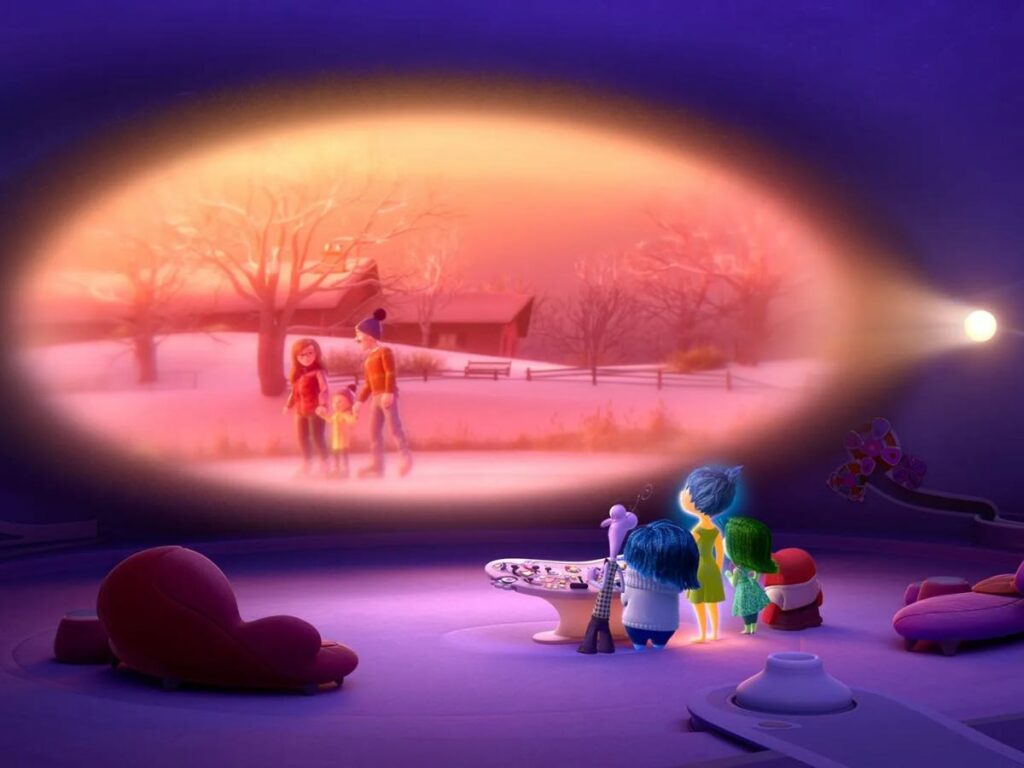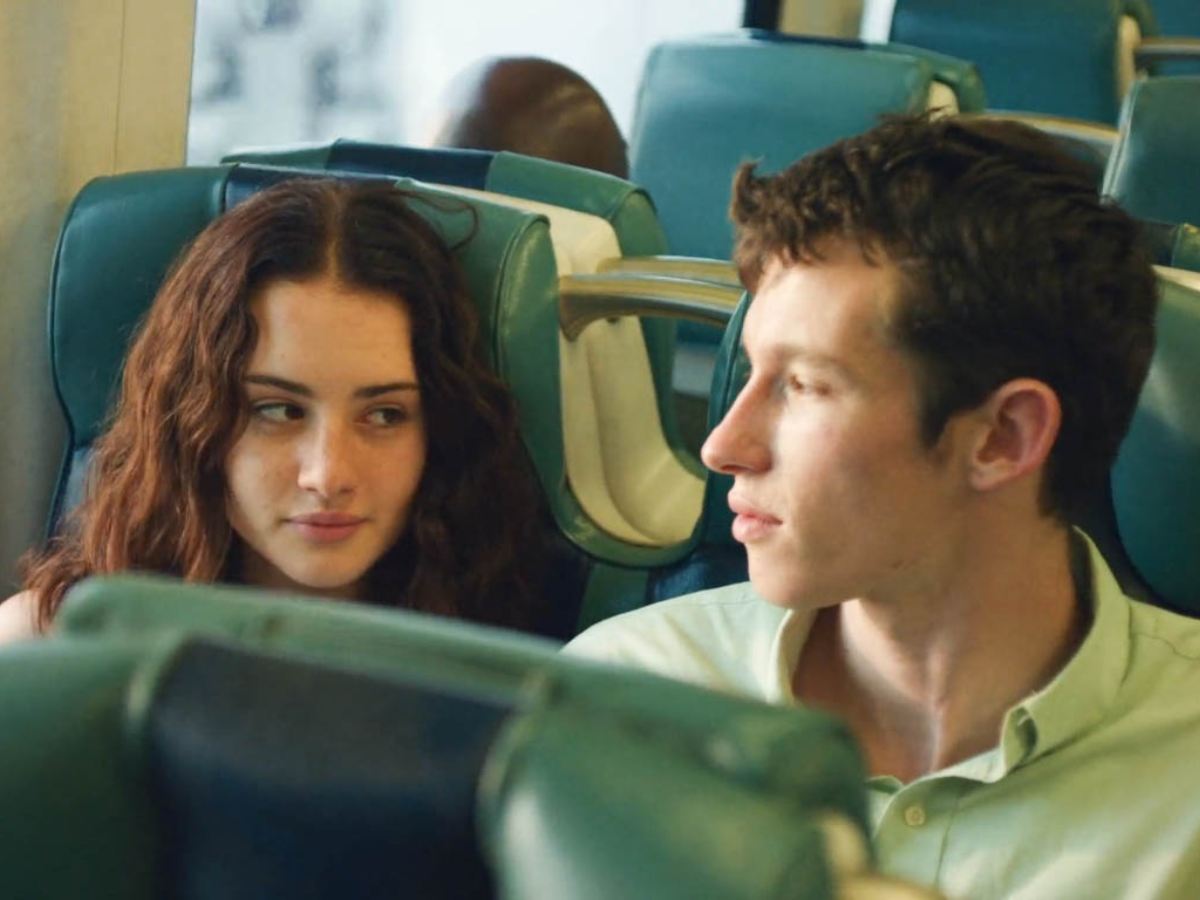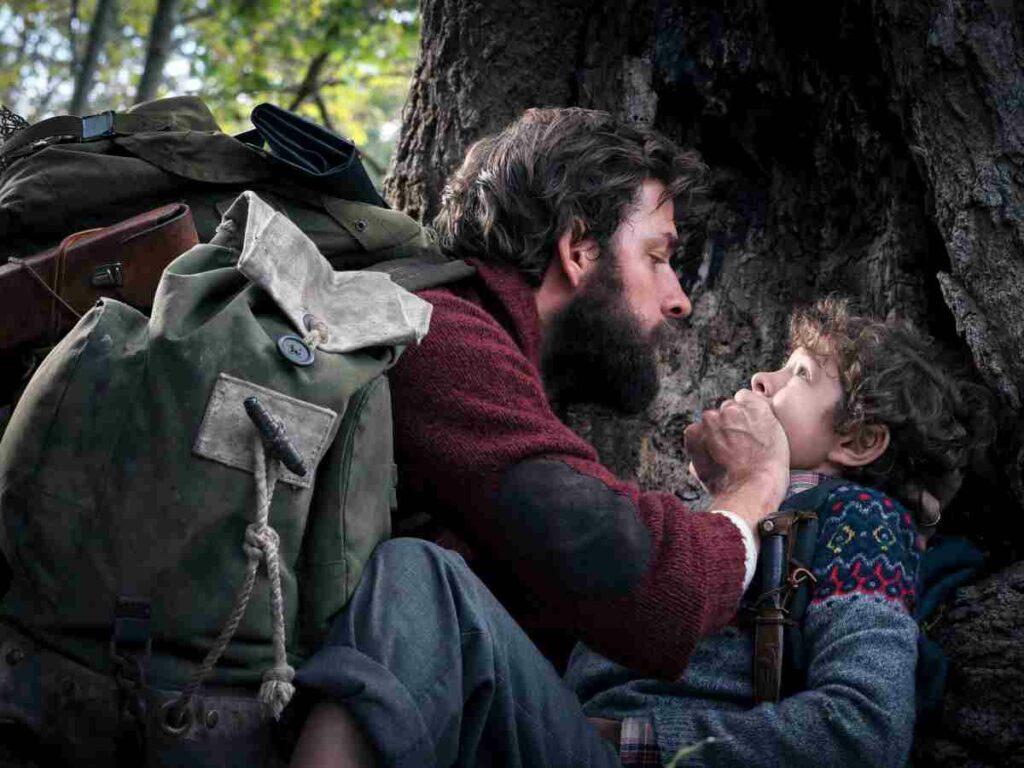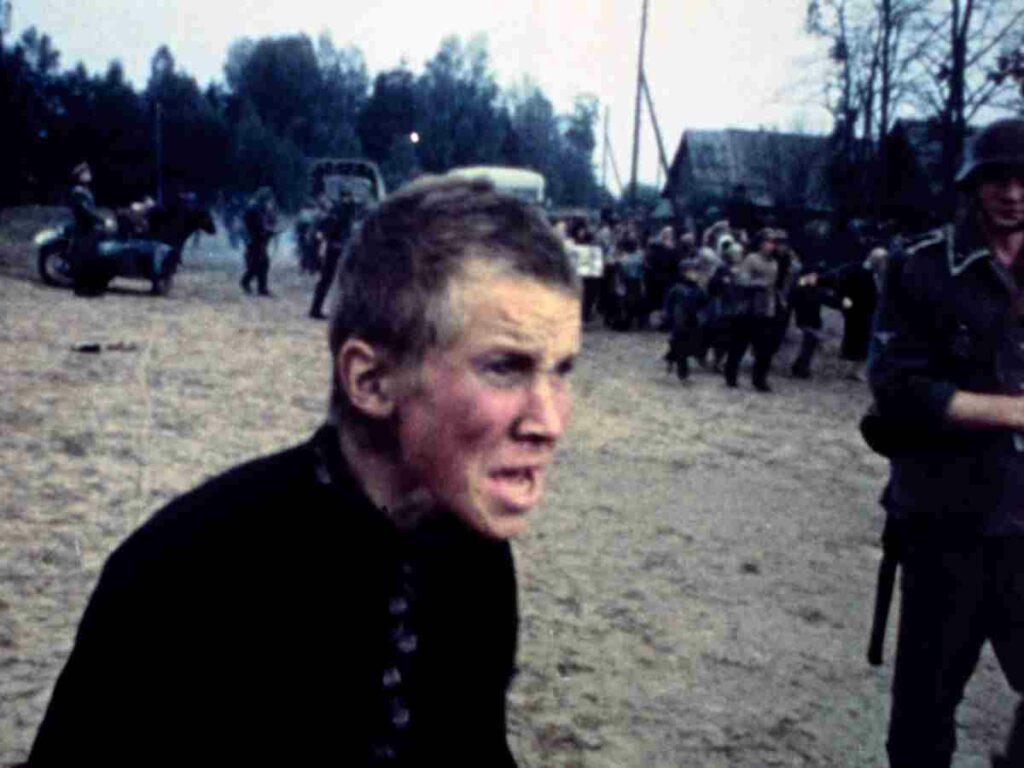Pioneered by individuals like the Lumière brothers, Georges Méliès and Walt Disney, hand drawn animation has been around since the very start of cinema itself. If the current onslaught of animated films from studios like Pixar, Disney, etc. are any indication, we’ve come a long way from the first animated film back in 1926, called The Adventures of Prince Achmed. Subsequent releases from The Walt Disney Company built upon the rudimentary techniques of silhouette animation that were used in film earlier, and perfected them in combination with hand drawing techniques.
Backed by emergent giants like Francis Ford Coppola and George Lucas, Pixar was founded in 1974. With a new, intriguing vision for digital filmmaking, the studio (which started out as a computer graphics lab) started working on digital effects for films like Return of the Jedi and Star Trek: The Wrath of Khan. Eventually, they released their first computer animated feature film in 1995, as part of a historic deal with Disney to create and release three feature length animated films. The film, Toy Story, went on to become a runaway success and is responsible for much of its continued success.
Today, Pixar’s animated films introduce viewers to stunning visuals, pushing the boundaries of what was once thought impossible with cinema. Some of the most beloved films of our time have been its animated films like Up, Inside Out, Soul, Onward and many more. So, what makes Pixar movies so special? Let’s take a look at the role that cinematography plays in an animated film, and how it helps a Pixar film to look the way it does.
What Does A Cinematographer Do In An Animated Film?
Animation is a growing and broad field with an infinite number of possibilities for what may be shown on screen. Animation refers to the art of altering drawn or rendered pictures so that they appear to be moving, which has a lot of promise for the future of film. The cinematography in an animation may make or break it, but framing, editing, and camera movements are all important tools for enhancing the action or constructing the narrative.
Animators of all skill levels are routinely disappointed by the filming. Animation is identical to live action on a computer, with one exception: each step is the same as in real life. The majority of firms utilize cameras that function like genuine cameras in 3D space. Certain studios also use physical cameras and track them into 3D space. The obvious distinction is that an animated film has a layout team that works out how to convert 2D storyboards into 3D. Cinematography in animation, therefore, prioritizes the process of arranging the elements of a scene — such as background, characters, and setting — in such a way that it may move and react in a lifelike manner in 3D space. As with live action across the many camera operators, they collaborate with the animation team to develop the visual language.
Since, an animated project does not require the traditional shooting processes, animated feature films don’t have directors of photography. They do, however, have cinematographer, art director and layout artists who work together throughout the storyboarding and designing process to create a look for the films. Since a feature-length animation film requires a large team of artists working together, computer graphics are not used entirely without human intervention. Instead, they are used to reduce the sheer workload and help animators depict a wider range of motion and expression without having to draw or design every single frame from scratch. This is especially helpful in scenarios where the animator has to create a sequence depicting repetitive motion or even simple tasks. Eventually, the animator can take existing animation plans and create a whole range of movement around it.
How Does Cinematography Work in an Animated Medium?
Where the basic unit of a live action film might be the shot, in animated films, the shot is drawn, not captured via camera. So, it is helpful to think of the shots in animation films as sequences of drawings that depict a certain moment. The roughing out stage in terms of arrangement and placement is done in storyboarding. This means that the sequence of the “shots” as we see them in the film, is really just the editing of animation sequences one after the other, done in a manner that evokes and imitates the camerawork that we are used to seeing in films.
Thus, the process may differ significantly from conventional cinematography as we know it. For one, the first stage is the most crucial. Storyboarding with the art directors, layout artists and visual development artists sets the mood and tone for the entire film. Imagine the putting together of a comic book, panel by panel, and then complicate that process by a thousand times. Because animated films have to realistically convey a sense of movement, proportion and emotion, the choice and placement of where everything goes is extremely important. Once that is in place, additional elements like lighting, color, perspective, etc. can be added to make it a well- rounded project with a distinct visual language.
Take a look at the early storyboards for Pixar’s Up:

Even if it is rudimentary, it gives a sense of the motion and perspective of the scene. This is the foundation around which motion and camera work will revolve, so as to flesh out this sequence of drawings into an animated scene.
The next stage is the layout, in which the art department delivers a workbook for each sequence to an individual artist or group of artists. You can see it in the image above. The layout (workbook) artists do the staging and lighting (cinematography). At this level, scene by scene, major locations may have been partially planned or may be developed for the story simultaneously.
This is what a live action movie’s director of photography would do in the same way. It’s all done before animation. In most cases, animators are working on characters in the early phases of production. Workbooks are completed by full layout, which are the unique backgrounds for each scene in its entirety. That team works on a sequence at a time and then passes it on to animation. In order to animate, the animator requires access to the background for each scene.
The instructions regarding camera placement, composition and technique are indispensable as well. Using the basics of camera movement and animating a scene accordingly, so that the audience sees each event as the artist intends them to, adds a different layer of meaning and significance. Thus, these directions of composition function as a roadmap that help the artists, art directors and technicians collaborate better.
What Makes Pixar Films Look So Good?
Patrick Lin, the cinematographer for many of Pixar’s acclaimed projects like Up, Inside Out, The Incredibles and Toy Story 4, has been a massive influence in this mode of animation that uses perspective and composition much like a real camera would. His fake “camera” placements in the scenes often yield gorgeous, sophisticated results. The scenes imitate complex camera movements that one would expect to see in live action films, and this helps bring a human touch to the animation.
Lin has said:
“I think it’s exactly the same between a live-action shoot and computer animation in terms of the sensibility, because what our goal is is to tell a story visually, and the way to do it is exactly the same. How you set up a camera, what kind of lens you use, what kind of camera angle you use…it doesn’t matter if it’s live-action or an animated film, the technique is the same.”
Lin’s camera and lens choices, as sophisticated as they appear, are actually quite simple, following the basic tenets of composition and camerawork. In fact, Lin has gone to significant lengths to replicate the real-life characteristics and effects of actual-world camera equipment, from high-end cinema glass to stabilizers. To that end, let’s take a look at some famous Pixar films and break down the reason and techniques behind why they look the way they do.
Consider this shot from Toy Story 4. Even without the impressive complexity of the scene, the consistent reflection, and the close, almost claustrophobic POV shots, something stands out. It’s the way that two characters are in focus simultaneously. Of course, in a live-action film this could be attributed to a split diopter lens that allows for seamless blending of two focus planes. But since this is all animation, and there are no camera lenses, this choice is all the more interesting.

Convex glass on one side and flat glass on the other is what makes a split diopter lens work. This causes one side to be nearsighted and the other farsighted, allowing you to focus on several planes at once in order for both aspects of the image to be adequately sharp.
An extreme difference of two focal lengths implies that you’re seeing the world at two different distances, which adds a little mystery and uncertainty to the frame. It can be startling and disorienting since it’s an unfamiliar and unusual perspective on the world. It gives your audience the impression that something is wrong with the scenery.
This helps to heighten the tension. In fact, it’s a wonderful early indicator of a twist, transforming a typically flat location into a sinister background with potential and deception.
Similarly, Inside Out uses “handheld shots” to serve its own ends. As we know, the story unfolds in two planes: the real world, and inside Riley’s emotions. To that end, handheld shots were primarily used in the depiction of the real world, as Riley experienced it. Keeping that sense of shakiness lent the film an intimate immediacy, one that suggested human error and effort. Even the colors, which are more leached out, grounded and real in Riley’s narrative, morph into bursting shades of pinks and purples when it comes to Joy’s perspective on Riley’s inner life.


Lin also infuses the real world that Riley lives in with a different style of filming. They arranged it this way because they wanted to capture these two separate realities — the actual world that Riley lived in and the alternate world of her emotions, as personified by Joy.
The result is a film that looks as if it could be shot in real life. To give the aesthetic a realistic touch, Lin employs “real-world” camera movements such as handheld camera movement during Riley’s sequences. Au contraire, sweeping crane shots, pans, and tilts are used to display Joy‘s fantastic emotional world. The frantic, shaky nature of the real world is supplanted by a graceful, almost dream-like quality, which makes sense within the plot of the film. These kinds of smooth, sophisticated camerawork also help show off the rich detail and background of the film, especially when the inner lives of the characters are concerned.

Lin also mimics anamorphic lens and the effect it would have upon traditional film footage in films like Toy Story 4. Take a look at this still, where the lights sources in the background are not sharp silhouettes but rather soft and blurry. They also have the oval bokeh that is famously associated with shooting anamorphic. Now, since there are no actual cameras in the film, this is a purely stylistic choice that exists for the sake of drawing the viewer into the world of the characters and creating as life-like a story as possible.
Conclusion
Pixar may just be the greatest cinematic animation studio in terms of generating emotional responses. Pixar has produced 23 feature films thus far. While some were better than others, all aimed to provide something unique. An emotional journey, a technical accomplishment, or unforgettable characters. Some of them make you cry, while others amaze you with cutting-edge visuals, and many of these must-see animated movies just make you feel wonderful with tales of camaraderie.
The style of animation used by Pixar may be summed up in a single word: spellbinding. Their movies over the years testify to the fact that while animation is a form of filmmaking, it does not negate the relevance of conventional storytelling methods.
Instead, through careful camera placement, world building and fantastic animation/cinematography, Pixar movies are a prime example of technology and storytelling basics coming together to create something truly special. One may even say that Pixar’s success and emotional appeal with audiences has largely rested upon its ability and willingness to blend the old and the new to create stories that look both life-like, yet fantastical. There is a reason why Pixar films are never quite escapist. They reflect the world back at us, but better, with a sense of artistic whimsy and beauty.




